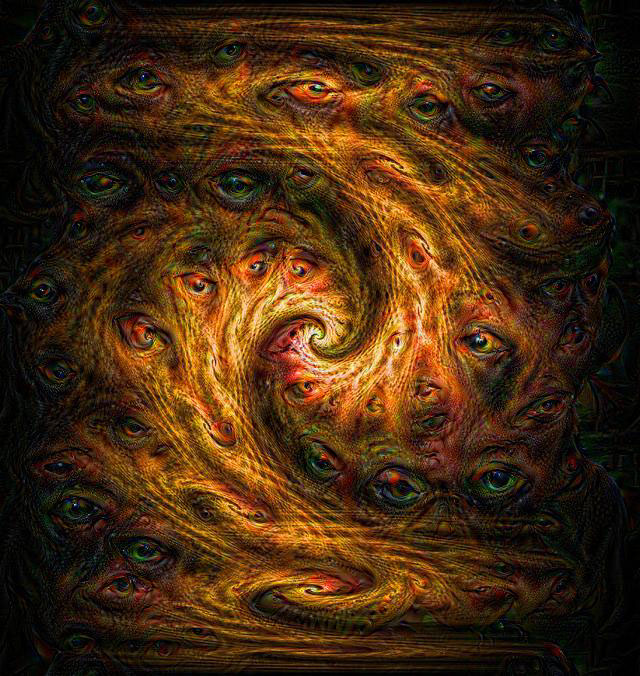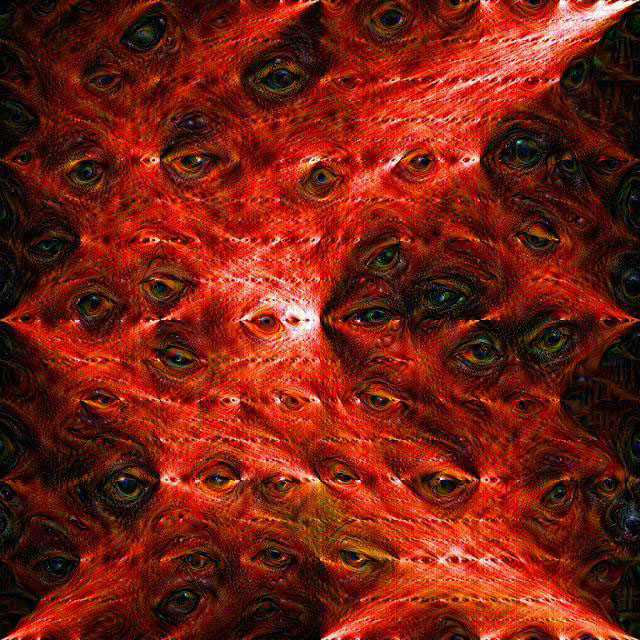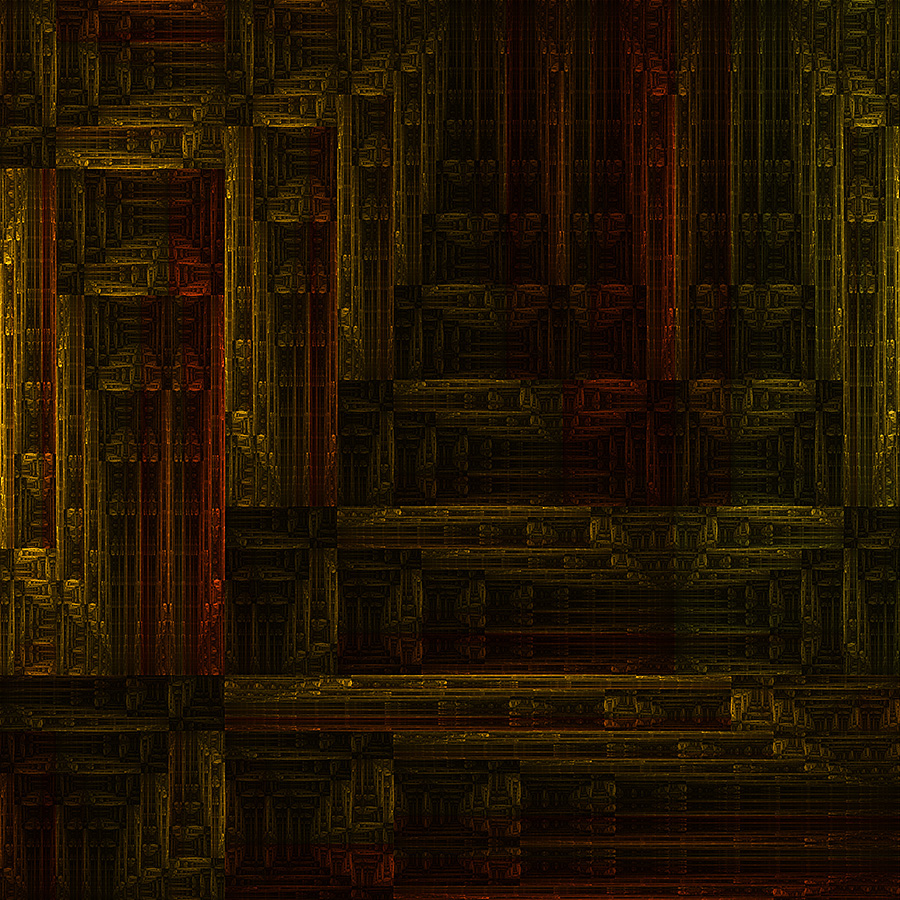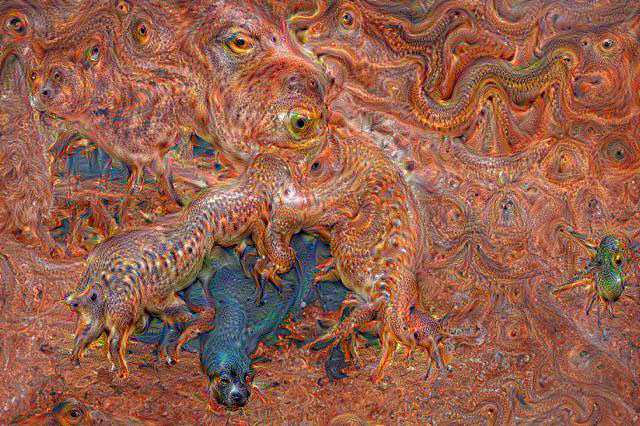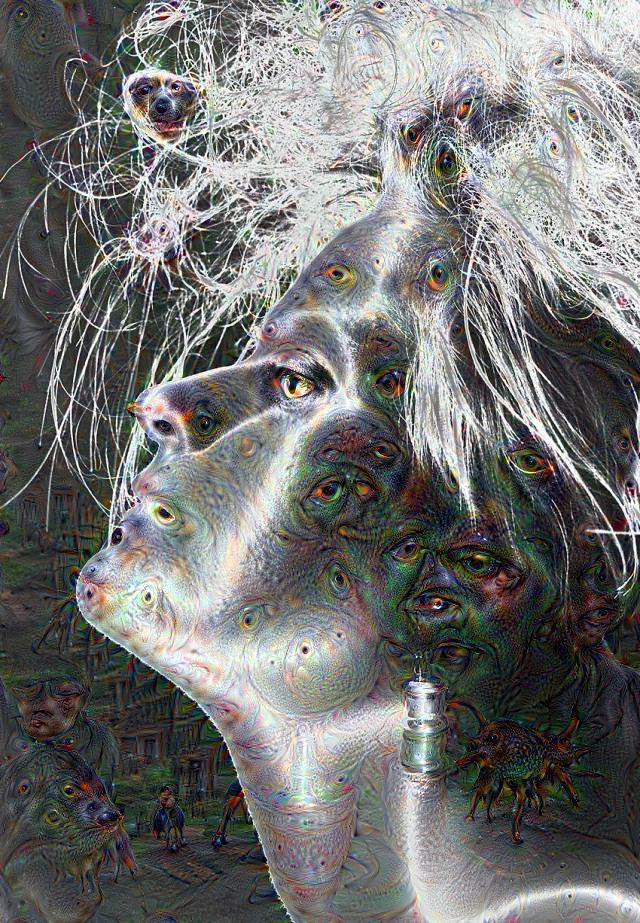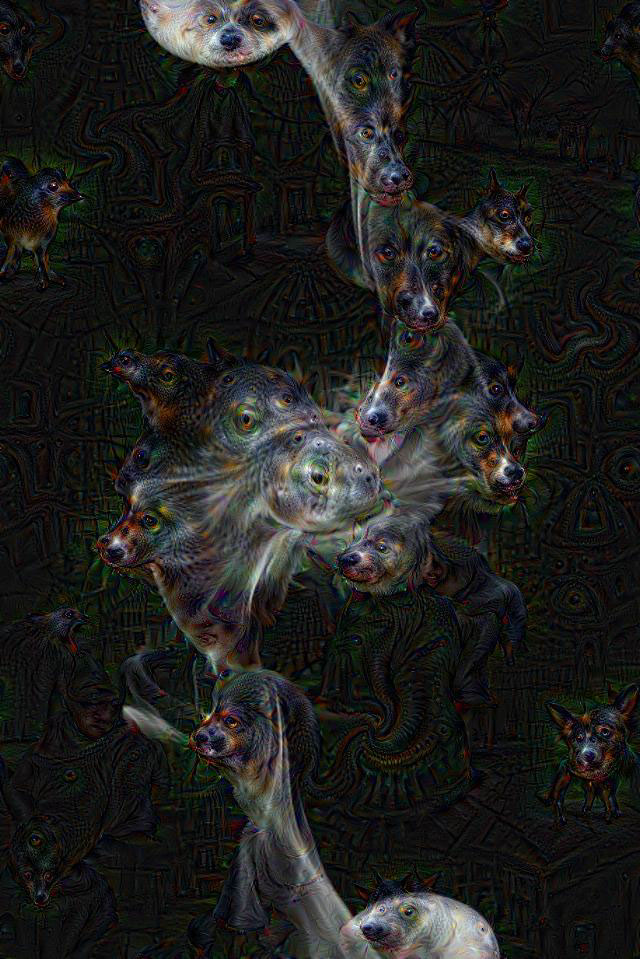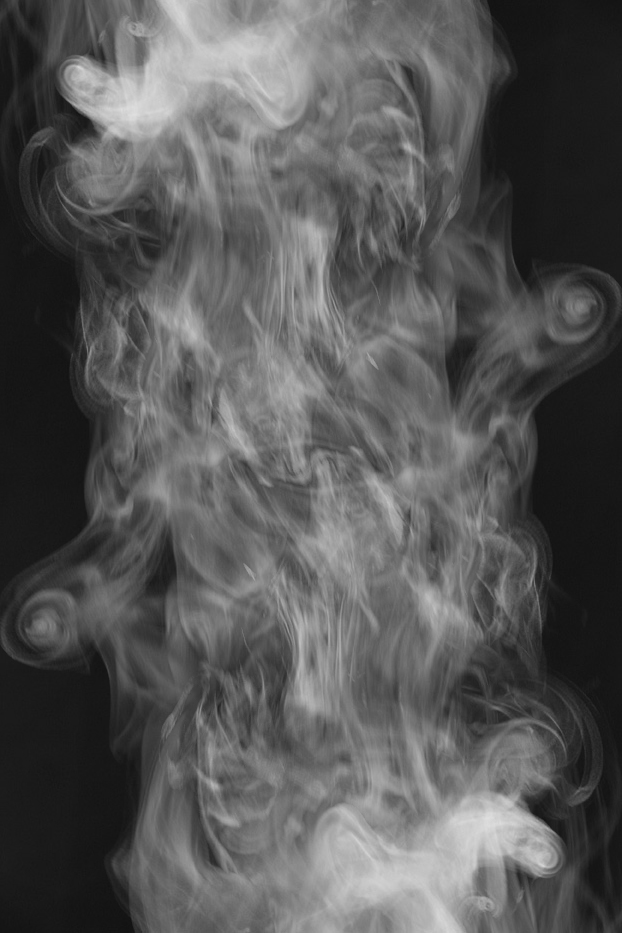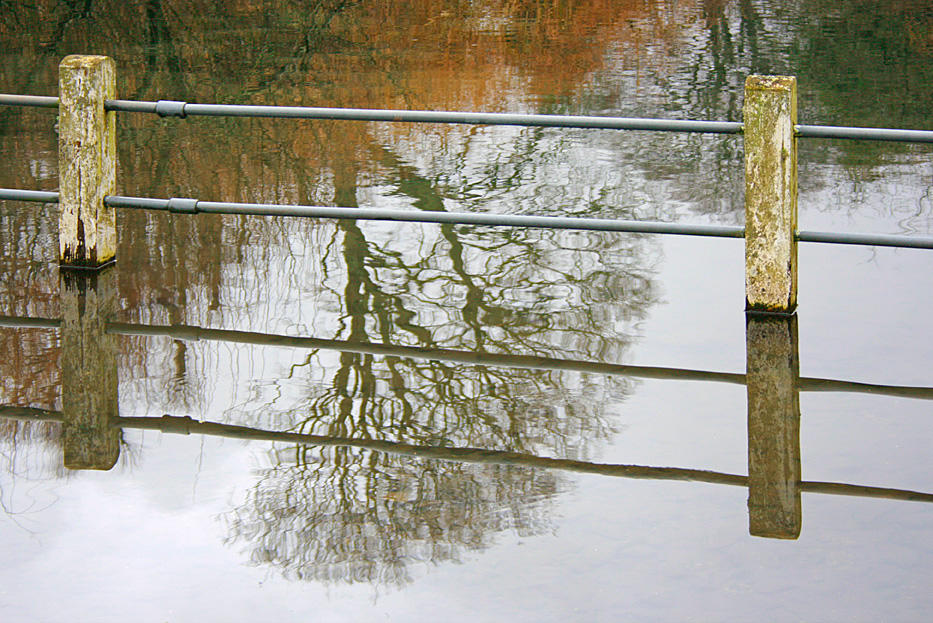Deep Dreaming is... best described by others, for example here: https://en.wikipedia.org/wiki/DeepDream So, in essence, it's an attempt to help computers "learn" visual images. You can post your own images to the site http://psychic-vr-lab.com/deepdream/ and, up to a few days later, have it return you a reimagined copy of the original, with rather hallucinogenic overtones. (Be warned now: some of the uploaded originals of other people are definitely NSFW, and this shows in their Deep Dreamed versions.) Below are some of my results: in each case, first the original, followed by the Deep Dream version. They include portraits and landscapes, and L-system, IFS and Lyapunov fractals. Steam on a background has particularly fascinating interpretations, as do other similarly abstract originals.
I'm not just interested in seeing how many eyes I can get onto a person's face, however.
It's fascinating to see how the software copes with totally abstract images, such as the fractals, "deciding" how to interpret their greatly varied textures as animals, architecture, machines or people. And the process of uploading my originals, then waiting at least some hours if not a day or more for the Deep Dreamed versions to return... What does this remind one of? How about dropping off a roll of photographic film (remember that?) and waiting an hour, or a day or more, for the prints to come back, not really knowing what you'll get until then?
I also have to wonder how the learning process will go: Will we see significant changes, improvements, until these weird early stages are a fond or gladly surpassed memory, a brief fad signifying just this time in AI's development? Will we be able to pick a certain style of Deep Dream rendering based on the date range during which it was most likely to occur?
A final question: Why is it taking so long to see any changes in the Deep Dream rendering process, with hundreds of thousands of images having been uploaded as I write this, and with computing speeds being as fast as they are? Shouldn't the Deep Dream programs be visibly learning?



















This one, above, is actually a 2nd order version: I re-uploaded the already Deep Dreamed version. The differences are visible but not major.



This photograph is nothing more than a 2" closeup of rust on a piece of sheet steel; but its Deep Dreamed version below is one of the best so far, with the computer seemingly as nonplussed as many people are as to what the original is. Following this, I then uploaded all the rust photos I could find in my collection.








